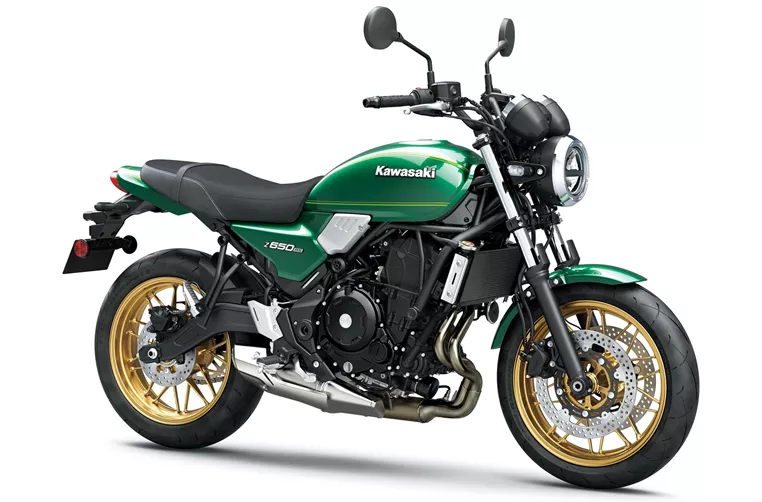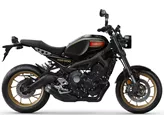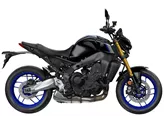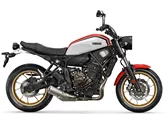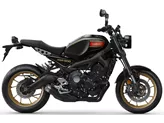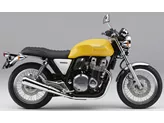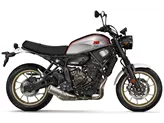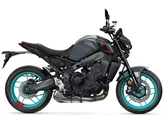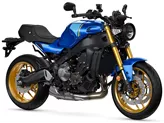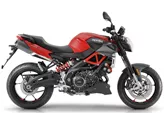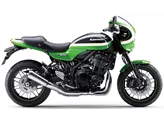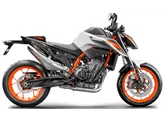Yamaha XSR900 2018 vs. Kawasaki Z650 RS 2022

Yamaha XSR900 2018
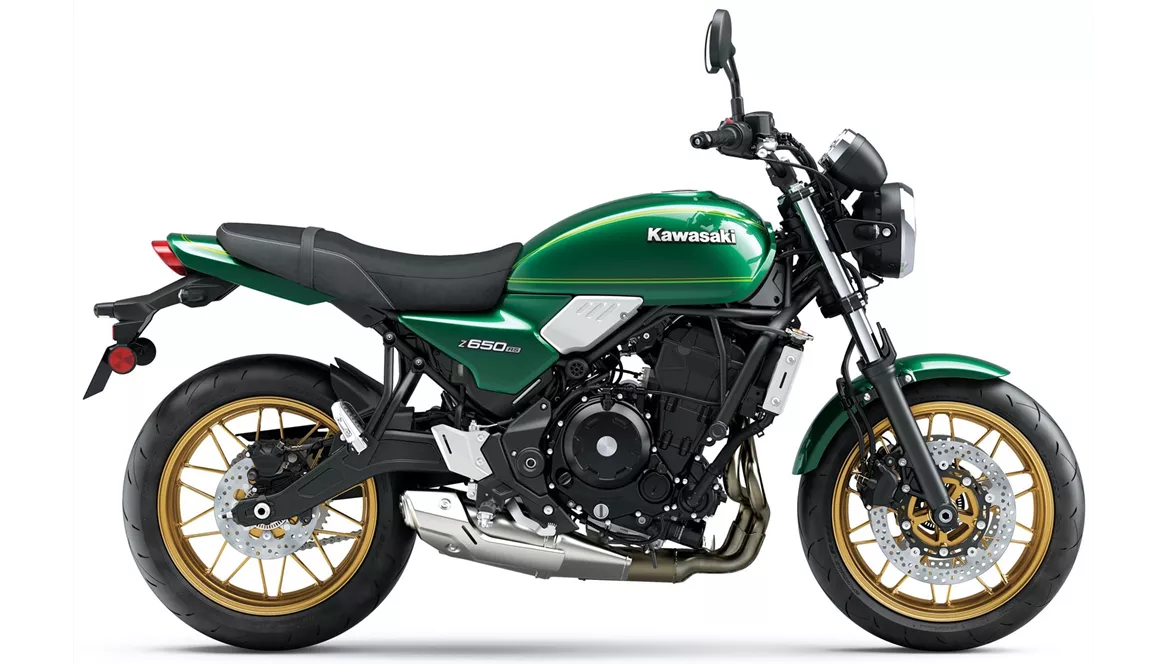
Kawasaki Z650 RS 2022
Overview - Yamaha XSR900 2018 vs Kawasaki Z650 RS 2022
The Yamaha XSR900 2018 and the Kawasaki Z650 RS 2022 are both naked bikes that offer unique features and characteristics.
Starting with the Yamaha XSR900 2018, it is equipped with an inline engine that delivers a powerful 115 HP and 87.5 Nm of torque. With its liquid cooling system and 847cc displacement, this bike provides a sporty and rev-happy performance. The suspension setup consists of an upside-down telescopic fork at the front and a swing arm with a monoshock at the rear, ensuring a smooth and stable ride. The frame is made of aluminum, specifically a twin-tube design, which enhances the bike's stability and maneuverability. The braking system includes double disk brakes with a diameter of 298 mm at the front, providing excellent stopping power. Additionally, the XSR900 2018 features advanced rider assistance systems such as ABS. In terms of dimensions and weights, it has a front tire width of 120 mm and a diameter of 17 inches, while the rear tire has a width of 180 mm and the same diameter. The wheelbase is 1440 mm, and the seat height is 815 mm. The bike weighs 188 kg without ABS and 191 kg with ABS, with a fuel tank capacity of 14 liters.

Yamaha XSR900 2018
On the other hand, the Kawasaki Z650 RS 2022 is equipped with an inline engine that delivers 68.2 HP and 65.7 Nm of torque. Similar to the XSR900, it has a liquid cooling system and an inline engine configuration. However, it has a smaller displacement of 649cc and only two cylinders. The suspension setup consists of a telescopic fork at the front and a swing arm with a monoshock at the rear, providing a comfortable and controlled ride. The frame is made of steel, specifically a tubular design, which offers durability and stability. The braking system includes double disk brakes with a diameter of 300 mm at the front, ensuring powerful and reliable braking performance. Like the XSR900, the Z650 RS 2022 is equipped with ABS for enhanced safety. In terms of dimensions and weights, it has a front tire width of 120 mm and a diameter of 17 inches, while the rear tire has a width of 160 mm and the same diameter. The wheelbase is slightly shorter than the XSR900 at 1410 mm, and the seat height is slightly higher at 820 mm. The bike weighs 185 kg without ABS and 187.1 kg with ABS, with a fuel tank capacity of 15 liters.
In terms of strengths, the Yamaha XSR900 2018 stands out with its extremely sporty and rev-happy engine, excellent brakes, and the ability to ride at a naked bike level. It also offers a pleasant seating position, high-quality workmanship, and a good price-performance ratio. On the other hand, the Kawasaki Z650 RS 2022 excels in its perfectly realized retro design, analogue displays, lively engine, accessible handling, powerful brakes, comfortable ergonomics, adjustable levers, and being a real eye-catcher.
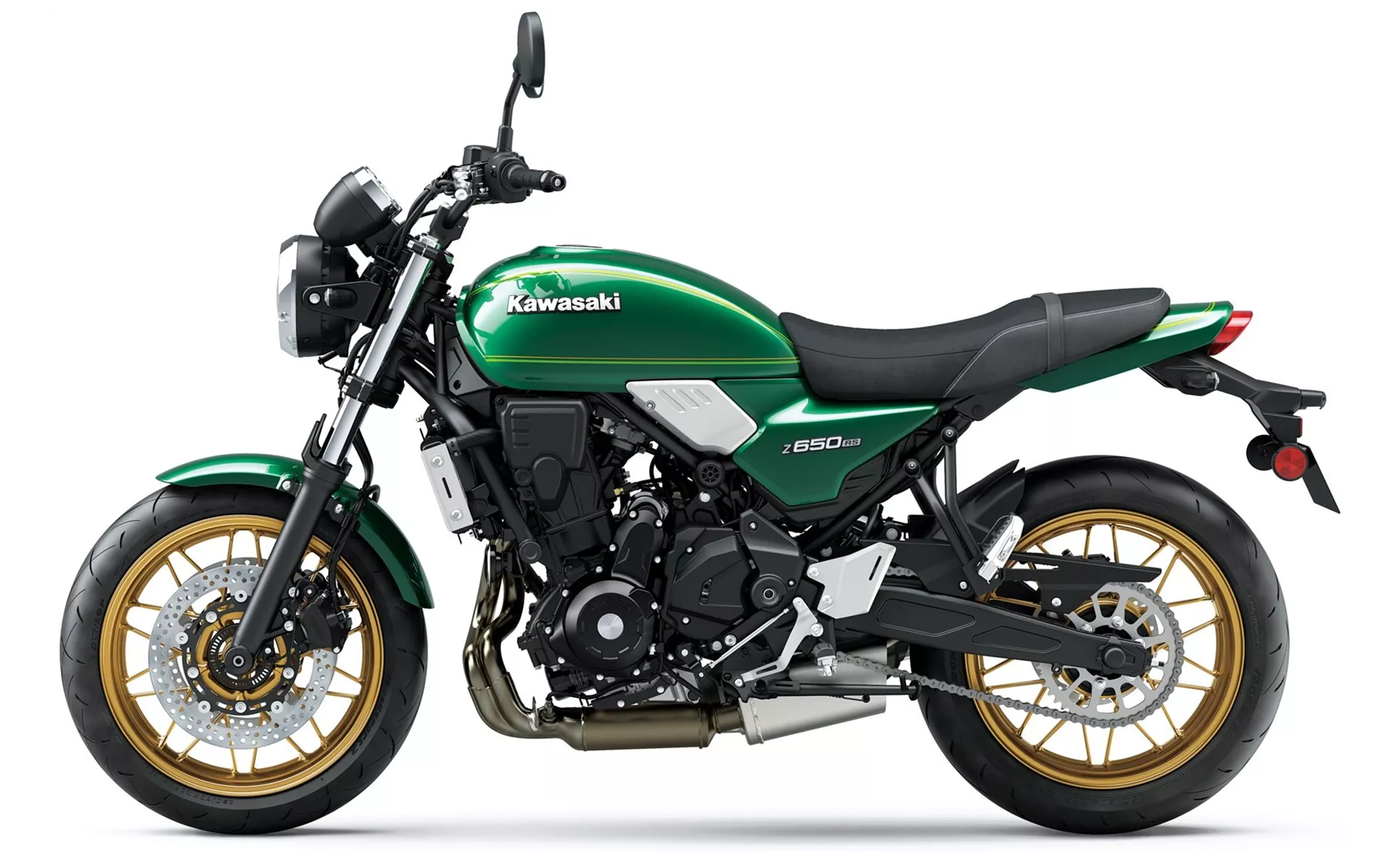
Kawasaki Z650 RS 2022
However, the Yamaha XSR900 2018 does have a few weaknesses. Some riders may find its response to be almost too direct, and the retro style may not be thought through to the last detail. On the other hand, the Kawasaki Z650 RS 2022 has a slightly softer sound, which may not appeal to some riders.
In conclusion, both the Yamaha XSR900 2018 and the Kawasaki Z650 RS 2022 have their own strengths and weaknesses. The XSR900 offers a more powerful engine and a higher level of performance, while the Z650 RS stands out with its retro design and comfortable ergonomics. Ultimately, the choice between these two bikes will depend on the rider's preferences and priorities.
Technical Specifications Yamaha XSR900 2018 compared to Kawasaki Z650 RS 2022
Pros and Cons in comparison
Pros and Cons in comparison
Yamaha XSR900 2018

The Yamaha XSR900 is a classic optical illusion - with its round headlight, angular tank and attached tail light, it clearly passes for a retro bike. But it's no coincidence that the performance is reminiscent of the potent mid-range naked bike Yamaha MT-09, which is the extremely sporty basis for the XSR900. So the engine is a blast and the brakes are appropriately venomous. Fortunately, the engineers didn't overdo it with the chassis, the XSR900 offers sufficient comfort and the upright riding position is more comfortable than the powerful engine would lead one to expect. All in all, the XSR900 is one of the sportiest models among the retro bikes.
Kawasaki Z650 RS 2022

With the RS, Kawasaki proves that it has mastered the art of retro bikes. You immediately forget that underneath the pretty dress is the normal Z650, because thanks to the right details, the retro design has been convincingly implemented. In the saddle, you enjoy the accessibility that you know from the technical sister. A retro bike that both beginners and experienced bikers will really enjoy!
Price Comparison Avarage Market Price Yamaha XSR900 vs Kawasaki Z650 RS
There are a few key differences between a Yamaha XSR900 2018 and a Kawasaki Z650 RS 2022. In terms of price, the actual average price of a Kawasaki Z650 RS 2022 is about 5% higher. A Yamaha XSR900 2018 experiences a loss of 180 USD in one year of ownership. This is offset by a loss of 300 USD for a Kawasaki Z650 RS 2022. Compared to Kawasaki Z650 RS 2022 there are less Yamaha XSR900 2018 bikes available on the 1000PS.de Marketplace, specifically 4 compared to 34. It takes less time to sell a Yamaha XSR900 with 123 days compared to 146 days for a Kawasaki Z650 RS. Since model year 2016 1000PS.de editors have written 30 reviews for the Yamaha XSR900 and 12 reviews for the Kawasaki Z650 RS since model year 2022. The first review for the Yamaha XSR900 was published on 11/25/2015 and now has more than 17,600 views. This compares to more than 39,300 views for the first review on Kawasaki Z650 RS published on 9/27/2021.

